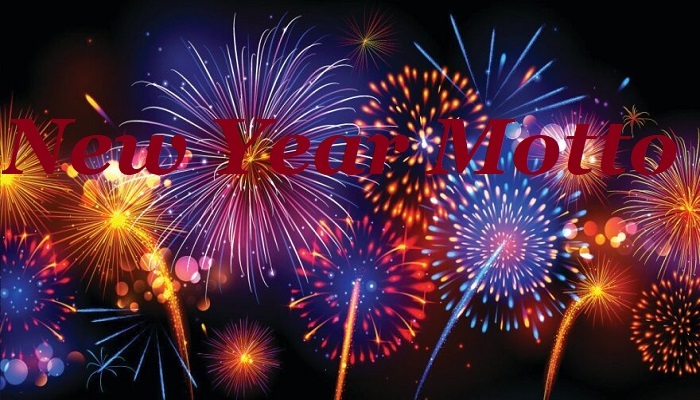Happy New Year
Happy New Year
New Year festival, any of the social, cultural, and religious observances worldwide that celebrate the beginning of the New Year. Such festivals are among the oldest and the most universally observed. New Year’s Day is a bank holiday, which means it is a non-working day in the United Kingdom.
History:
The earliest known record of a New Year festival dates from about 2000 BCE in Mesopotamia, wherein Babylonia the New Year (Akitu) began with the new moon after the spring equinox (mid-March) and in Assyria with the new moon nearest the autumn equinox (mid-September). On the Roman Republican calendar, the year began on March 1, but after 153 BCE the official date was January 01, which was continued in the Julian calendar of 46 BCE.
Origin of New Year’s Day:
Many of the customs of New Year festivals note the passing of time with both regret and anticipation. The baby as a symbol of the New Year dates to the ancient Greeks, with an old man representing the year that has passed. The Romans derived the name for January from their god Janus, who had two faces, one looking backward and the other forward.

The practice of making resolutions to rid one of the bad habits and to adopt better ones also dates to ancient times. Though medieval Christians attempted to replace January 01 with more religiously significant dates, Pope Gregory XIII created a revised calendar that officially established January 1 as New Year’s Day in 1582.
Symbolic Foods:
Symbolic foods are often part of the festivities. Many Europeans, for example, eat cabbage or other greens to ensure prosperity in the coming year, while people in the American South favor black-eyed peas for good luck. Throughout Asia, special foods such as dumplings, noodles, and rice cakes are eaten and elaborate dishes feature ingredients whose names or appearance symbolize long life, happiness, wealth, and good fortune.
New Year’s Traditions:
There are several strange and interesting New Year’s traditions around the world. In Scotland, New Year’s Eve is called Hogmanay and ‘first footing’ remains a popular custom with people visiting friends’ and neighbors’ houses just after midnight. The first person who visits your house should bring a gift as this will mean good luck.
In Spain, it is the custom to eat 12 grapes as the bells sound for midnight on 31 December. One grape is eaten at each sound of the bell and each grape is supposed to bring good luck for each month of the year ahead.

Due to the conviction that what an individual does on the primary day of the year anticipates how he will help the rest of the year, social occasions of companions and family members have for some time been huge. The main visitor to pass the boundary, or “first foot,” is huge and may bring best of luck if of the right actual sort, which changes with area.
Public social events, as in Times Square in New York City or Trafalgar Square in London, draw huge groups and the commencement to the dropping of an electronic ball in Times Square to connote the specific second at which the New Year starts is broadcast around the world. The main Rose Bowl Game was played in Pasadena, California, on January 1, 1902.

Numerous urban areas and towns in the UK praise the approaching New Year by putting on open light shows. The city of London has quite possibly the most popular one. Great many individuals accumulate at the banks of the River Thames to see a just about 12-minute light show over the London Eye, a monster Ferris wheel.





